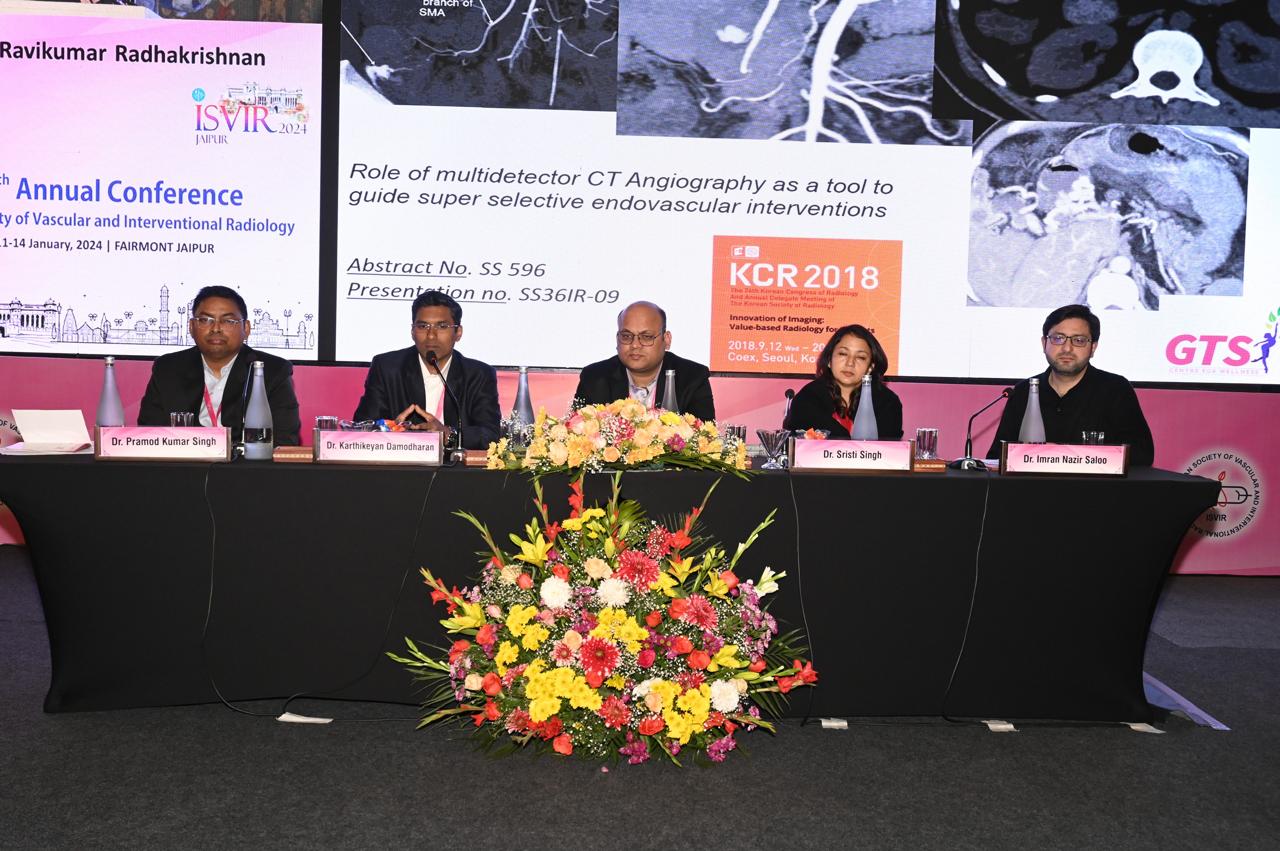What is the Spine?
The spine, also known as the vertebral column, is a complex structure that provides support to the body, enables flexible movement, and protects the spinal cord—a critical part of the central nervous system. The spine consists of 33 vertebrae, intervertebral discs, ligaments, and muscles. It is divided into five regions: cervical, thoracic, lumbar, sacral, and coccygeal.
Spinal-Related Treatments in Interventional Radiology
Interventional radiology offers minimally invasive treatments for a variety of spinal conditions. These procedures are guided by advanced imaging technologies, providing precise, targeted therapy with shorter recovery times compared to traditional surgery.
1. Vertebroplasty and Kyphoplasty
- Purpose: To treat painful vertebral compression fractures often caused by osteoporosis or cancer.
- Procedure:
- Vertebroplasty: Involves injecting bone cement into the fractured vertebra to stabilize it.
- Kyphoplasty: Uses a balloon to create space before cement injection, helping restore vertebral height.
- Applications: Osteoporotic fractures, metastatic spinal tumors, traumatic fractures.
2. Spinal Ablation
- Purpose: Provides pain relief from spinal tumors by destroying cancerous tissue.
- Procedure: A needle-like probe is inserted into the tumor, and heat (radiofrequency) or cold (cryoablation) is applied to destroy the cells.
- Applications: Pain management in metastatic spine disease, benign spinal tumors.
3. Epidural Steroid Injections
- Purpose: To reduce inflammation and provide pain relief for conditions causing nerve irritation.
- Procedure: Steroid medication is injected into the epidural space around the spinal cord.
- Applications: Sciatica, herniated discs, spinal stenosis.
4. Nerve Root Blocks
- Purpose: To diagnose and treat pain associated with irritated or inflamed spinal nerves.
- Procedure: An anesthetic and steroid are injected near the nerve root to reduce pain and inflammation.
- Applications: Radiculopathy, spinal nerve compression, disc herniation.
5. Facet Joint Injections
- Purpose: Targeting pain originating from the small joints in the spine (facet joints).
- Procedure: A mixture of anesthetic and steroid is injected into the facet joint to alleviate pain and inflammation.
- Applications: Chronic back pain, facet joint arthritis, whiplash injuries.
6. Spinal Disc Procedures
- Discography: Helps diagnose disc-related pain by injecting contrast dye into the spinal disc.
- Nucleoplasty: Minimally invasive treatment for herniated discs using radiofrequency energy to reduce disc pressure.
7. Radiofrequency Ablation (RFA) for Spinal Pain
- Purpose: Provides long-term pain relief by targeting and disabling specific nerves transmitting pain signals.
- Procedure: Uses heat generated by radiofrequency waves to disrupt nerve function.
- Applications: Chronic back and neck pain, sacroiliac joint pain.
Common Conditions Treated by Spinal Interventions
- Vertebral compression fractures
- Degenerative disc disease
- Herniated discs
- Spinal stenosis
- Spondylosis
- Spinal tumors
- Sciatica
These minimally invasive spinal treatments offer significant benefits, including reduced pain, quicker recovery, and lower risk compared to traditional surgical approaches





